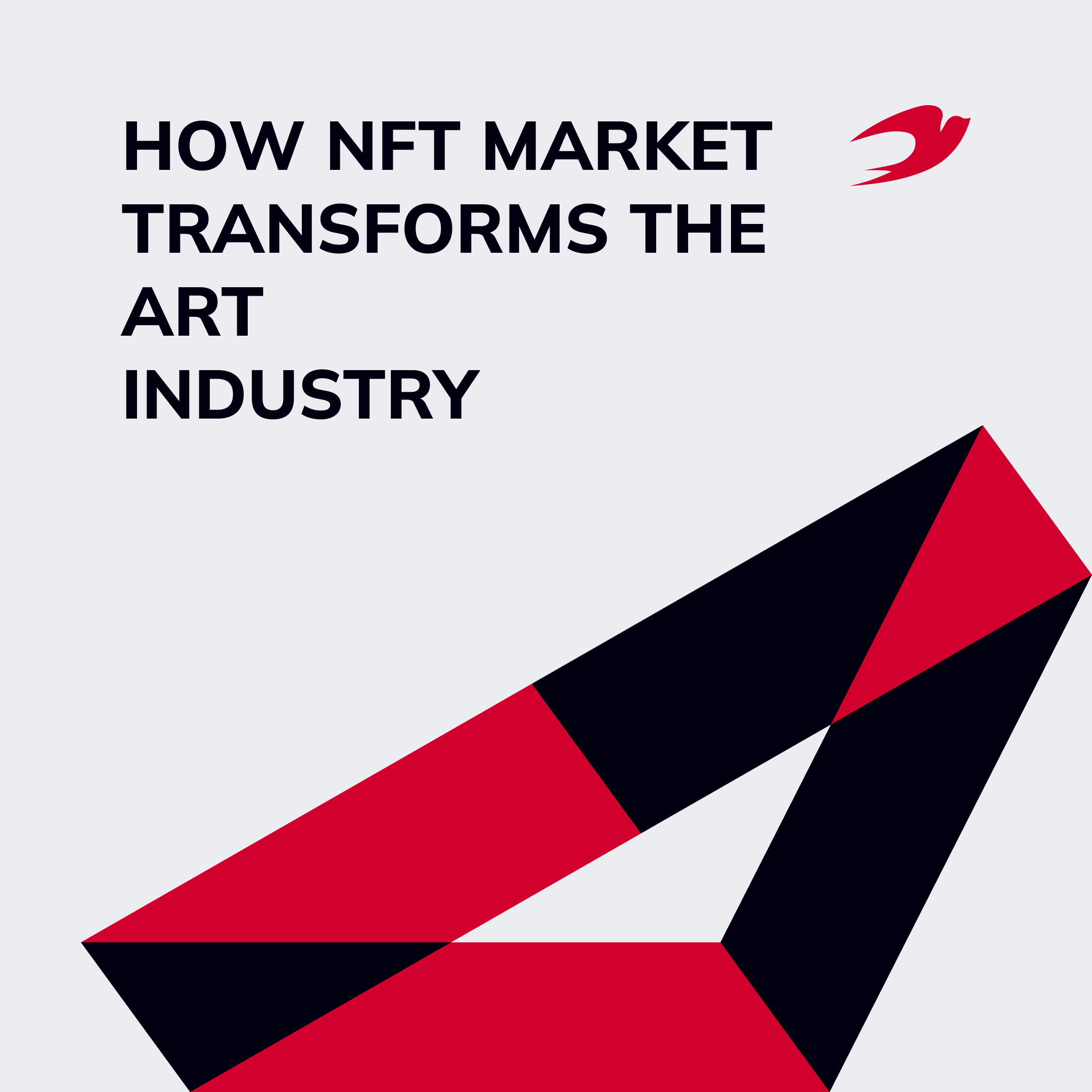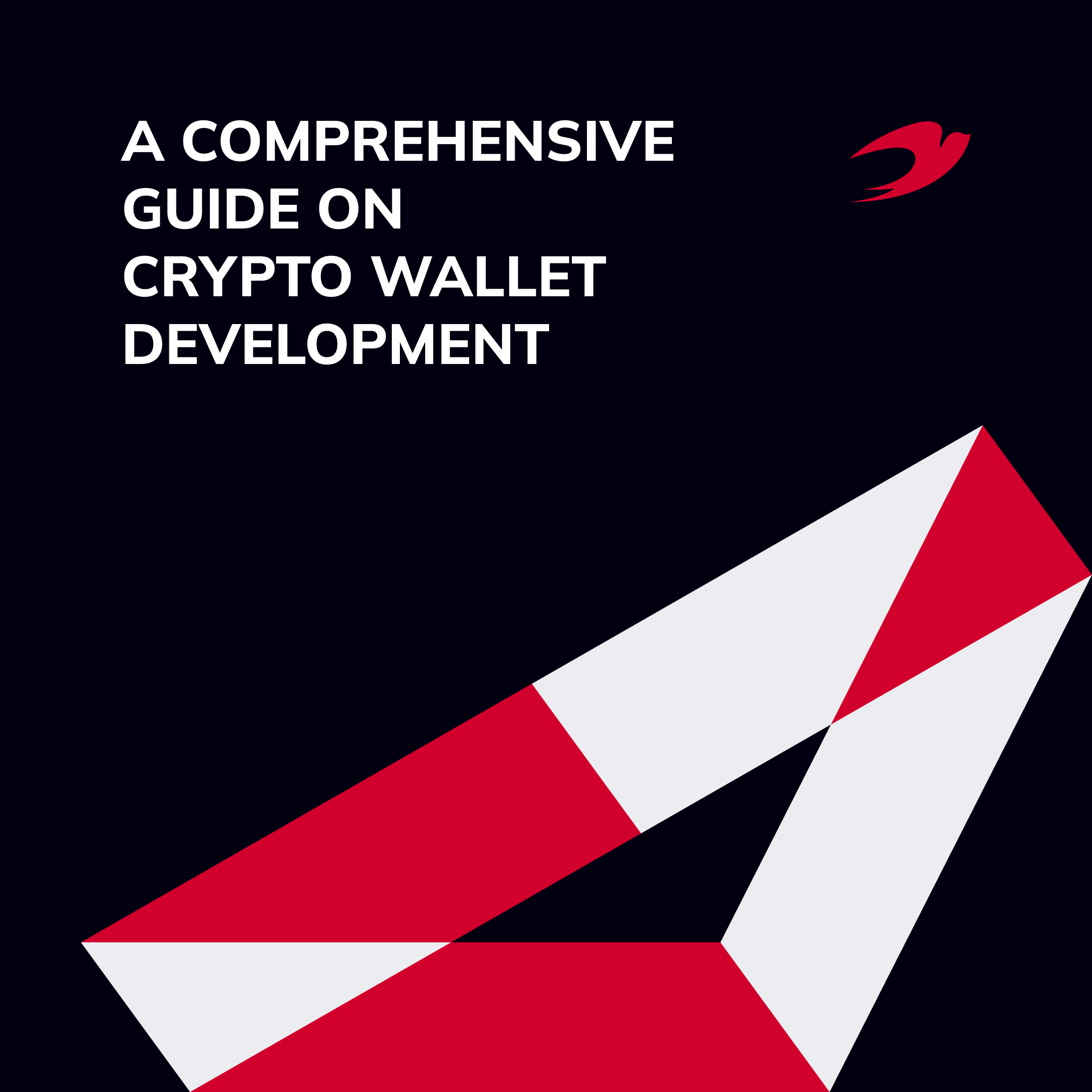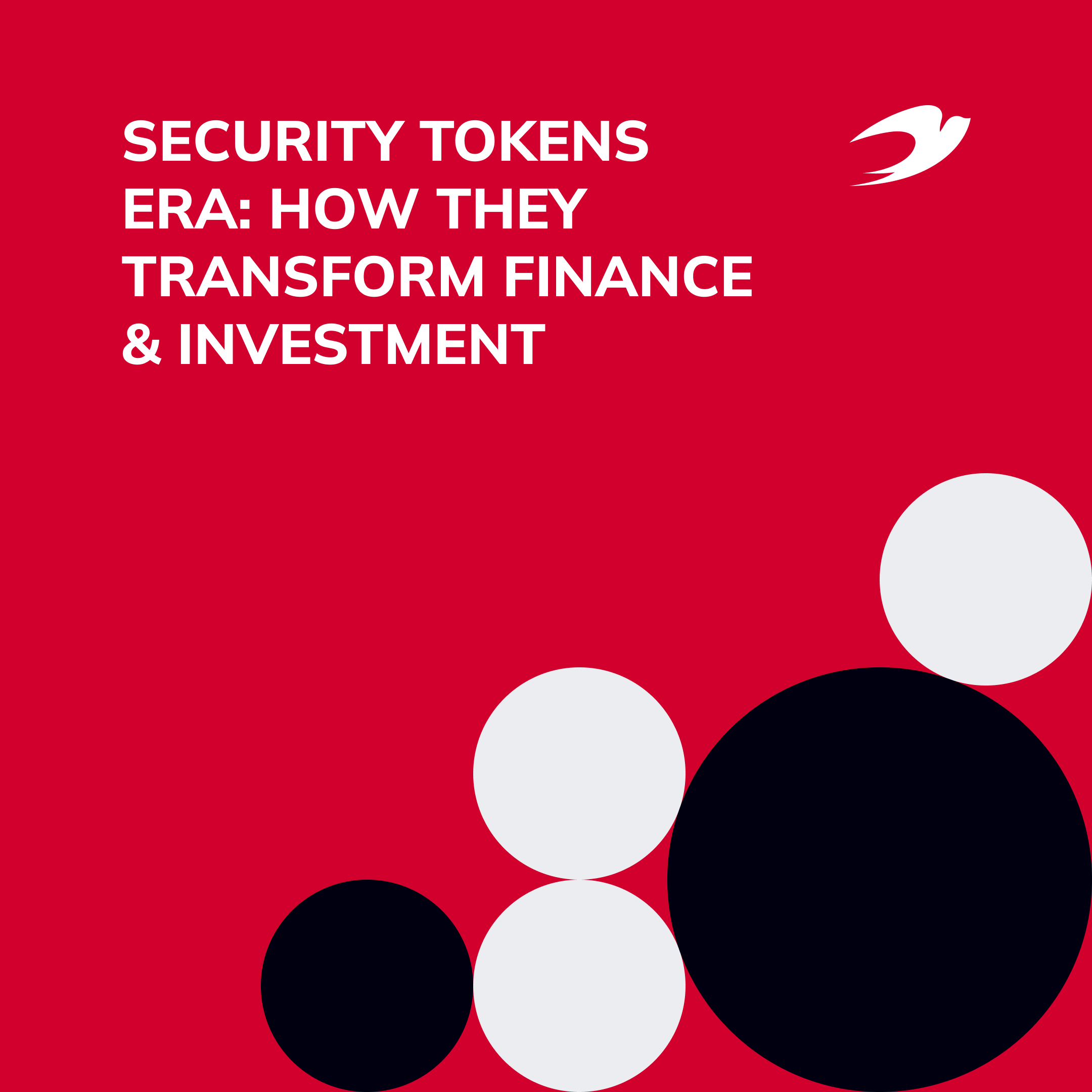Isn’t it amazing how NFTs have come into our lives and increased the popularity of blockchain technology? Over the past year, everyone from small creators to world-famous brands have been looking for ways to exploit the new trend associated with non-fungible tokens. It seems that the art industry has opened up the most opportunities. With NFTs artists have a chance to enter digital marketplaces and get rewarded for their work. In this article, we will find out how NFTs are transforming the art industry and what to expect next.
Table of contents:
How NFTs work
NFTs are similar to certificates, whose reliability is ensured by a blockchain in which all transactions relating to the asset are recorded. Blockchain is the same technology on which Bitcoins are based, with a small but important difference: while Bitcoins are interchangeable tokens, NFTs are unique and non-interchangeable assets.
Unlike bills and cryptocurrencies, NFTs cannot be exchanged for each other because no two NFTs are identical. Money (as well as Bitcoin) has a unit to which a value is assigned: this means, for example, that a 5 Euro bill is interchangeable with any other 5 Euro bill.
For this reason, you can have a digital wallet containing X amount of Euros or Bitcoins, while you cannot have a wallet containing X amount of NFTs because NFTs are unique and limited in number. NFTs cannot be copied or transferred without the owner’s permission, but they can be sold on open NFT marketplaces such as OpenSea. NFT tokens store information related to an asset, such as a work of art.
Someone who buys a work or object associated with an NFT is not buying the work itself. He or she buys the ability to demonstrate the title to the work or have a certificate of authenticity. The vast majority of NFT tokens have been created using one of two Ethereum token standards, ERC-721 and ERC-1155, although other competitors are emerging very quickly.
You can find more detailed information about NFT tokens in our article “Introduction to Non-Fungible Tokens (NFTs)”. So, how NFTs are transforming the art industry?
NFT use cases
Today NFTs are used in art, games, document management, collections, etc. In this article, we will cover only art, games, and document management. You can find more detailed information about NFT use cases in our Medium article “The Most Promising NFT Use Cases”.
Art
Digital art is gaining momentum because the creation of an NFT requires minimal or no investment at all (it depends on the site where the token is created). Offline registration of copyright to intellectual property requires the collection of a document list and the payment of a fee. NFTs perform all the same functions. They include by default a link to the work and the crypto-address of the owner, which indicates that the user has ownership rights.
Another advantage of digital art is that the author of a work can sell his or her creation to another user, but their income from a conditional painting is not limited to that. If another user resells it later, the author will also receive a percentage. It is much more difficult to write such conditions into paper contracts because it requires the fulfillment of appropriate conditions from all parties and subsequent control. In the blockchain, this operation is performed automatically without involving users.
The value of any work consists of its exclusivity and the ability to have ownership of it. NFT fulfills these tasks. More and more artists note the convenience of the system and decide to make exhibitions and sell their works through blockchain systems.
Games
The first game released with the NFT system to handle collectibles was CryptoKitties. It became so widespread that users began to overload the blockchain due to excessive activity.
The point of CryptoKitties is to breed kittens, each of which is an NFT. All of them, like tokens, are unique, each with its own appearance. The cats with the rarest coloring are the most valuable. It is possible to sell and buy cats with Ethereum. It is the first game that can run entirely on blockchain. The system was built on the ERC-721 token, and the kittens’ appearance generator was spelled out in a closed-source smart contract. Trends in the market are set by the players themselves, the developers are not involved in determining the price.
Today the NFT tokens are being used in collectible card games, animal breeding, RPGs, sports simulators, and racing. Thanks to NFT, in future games it will be possible to put an item for sale in one game and buy and use it in another what was impossible before.
Document management
Each document is unique, as it is given to one person to prove a certain right or get an individual statement, etc. All of these can be placed in an NFT, that way they are easier for a person to collect and send documents to perform certain actions.
What is crypto art
In this part of our article, we will look at how NFTs are transforming the art industry into crypto art. But first of all, we need to determine what crypto art is.
Crypto art is digital art, which is valued like physical art because of the confirming ownership possibilities.
The authenticity of the original work “Madonna of Victory” by Andrea Mantegna from the Louvre Museum is confirmed by his signature on the raft, assessments by art historians, and scientific expertise. The authenticity of the crypto-paintings is confirmed by an even more reliable method – an NFT.
There is no universally accepted concept of what crypto art is, but it can be described by the following principles:
- Digital nature. Works of digital art can be created, published, bought, and sold entirely electronically.
- Geographic independence. Artists from all over the world take part in creating these works. CryptoArt is the first truly global art movement.
- Democracy. Everyone is encouraged to create work and promote its movement, regardless of skill, achievement, class, gender, race, age, religion, etc.
- Decentralization. Technologies such as DeFi and NFT reduce the influence of art sales intermediaries and increase the power of the artists themselves.
- Anonymity. The use of pseudonyms allows artists to create and sell art while remaining anonymous, freeing them from social constraints.
Digital art is currently going through its infancy, driven by the development of technology. The number of artists and community participants will only increase. There is reason to believe that crypto art is a whole new page in art history and now you know how NFT is changing the art industry.

Ownership of NFTs
Often people just starting to learn NFTs are curious about owning NFT tokens: how this process happens and what they end up owning. Can it be argued that by acquiring ownership of an NFT, the purchaser also acquires intellectual property rights in the work?
Let’s start with the author’s moral rights. Personal non-property rights, according to international standards, include:
- The right to be recognized as the author of a work.
- The right to use or authorize the use of the work under the true name of the author, a pseudonym, or anonymously.
- The right to protect works against any distortion or other infringement capable of damaging the honor and dignity of the author.
The scope of these rights belongs to the author from the moment of creation of the work and cannot be altered. In other words, the transfer of the NFT connected to the work, in any case doesn’t entail the transfer of the personal non-property rights of the author. When it comes to proprietary rights, that is another situation. Proprietary rights include the right of reproduction, the right of distribution, etc.
The author can transfer all proprietary rights to the third person, unlike the personal non-property rights when transferring an NFT. That’s why it is better to draw up an additional agreement in which the parties discuss which rights are transferred to the buyer.
NFT marketplaces
Unlike Bitcoin or Ether, a person can’t trade non-exchangeable tokens directly on regular cryptocurrency exchanges. To buy and sell NFTs, you need special trading platforms that allow us to issue, store, and trade non-exchangeable tokens. Currently, this market is dominated by large marketplaces OpenSea, Rarible, Superfarm, and Mintable.
They generate NFTs using special smart contracts that add to each token a set of unique information (metadata) and prescribe its main parameters (name, immutability, indivisibility, address/number, etc.). Non-interchangeable tokens can then be bought and sold on the platform at a fixed price or through auctions.
On the client side, NFT marketplaces work like regular online stores. The user needs to sign up for the platform and create a personal digital wallet to store NFTs and cryptocurrencies. The user can then either use the listing to buy NFTs or create their own token. Running an NFT is usually simple and similar to creating an eBay listing. You just need to provide a name, a price, give a description and an image, a photo, a video, a gif, and so on.
If you want to create your own marketplace, we recommend reading our article “How to Develop an NFT Marketplace: Ultimate Guide”.
Wrapping up
NFT technology helps digitize works of art and make interactions with any product more convenient. Ownership, purchase, sale, confirmation of originality – non-fungible tokens make all this possible for digital art. Also, tokenization adds value to goods. Time will tell if this technology can prove to be effective. One thing is clear: today and in the future, NFTs are one of the main blockchain trends.
Now that you know how NFTs are is transforming the art industry, feel free to discuss bringing your NFT-based idea to life with our specialists. Check out IdeaSoft blockchain development services or contact us directly.




